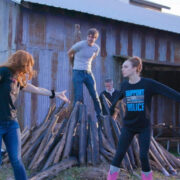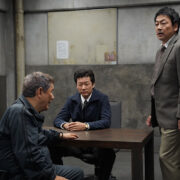Video Dispatches: VIY, LET’S SCARE JESSICA, EMPEROR’S NAKED ARMY & VERY BAD THINGS
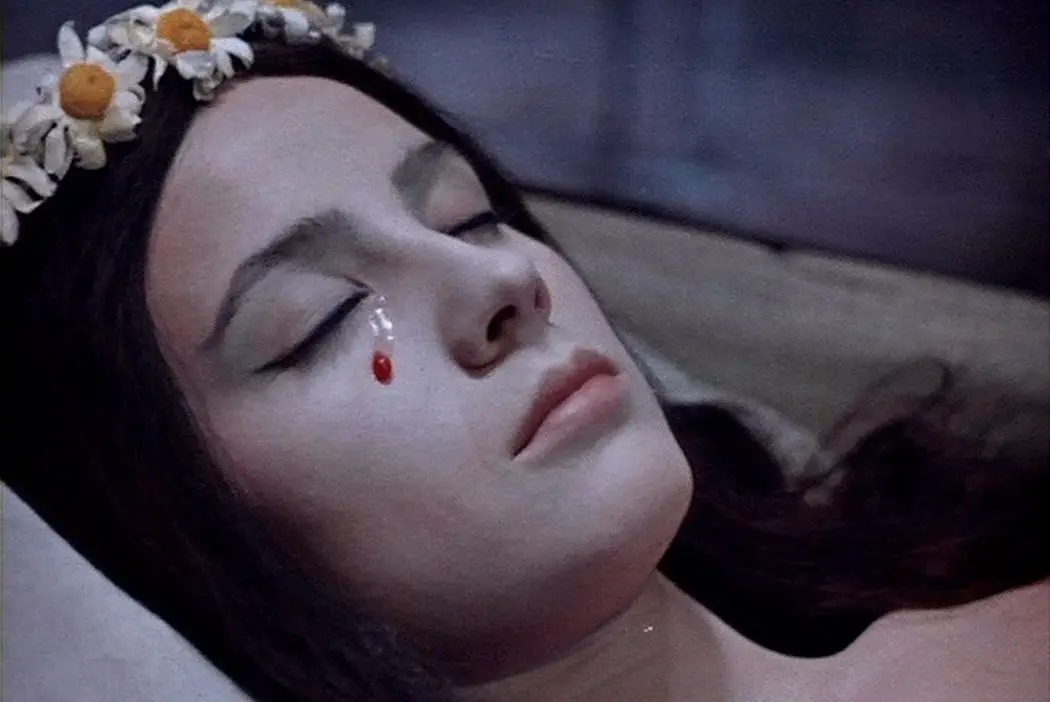
Midwesterner, movie lover, cinnamon enthusiast.
Video Dispatches is a regular column covering recent home video releases.
Viy (1967) – Severin

Konstantin Yershov and Georgi Kropachyov ’s 1967 folk horror film Viy , based on Nikolai Gogol’s text of the same name, is often referred to as the first horror film made in the Soviet Union. It’s an odd duck that follows three lost seminary students traveling in the countryside before one finds himself stranded in a barn only to wake up to a seductive witch.
Once there, the film swirls with creative, poetic and sometimes goofy, albeit admirable and interesting, interesting. While Viy is far from a chore with a runtime approaching 80 minutes, it’s biggest issue is how long it takes to get to where it clearly wants to go. In the first hour, the film occasionally breaks into magical moments that seem thankfully more interested in pure poetry than its narrative engine, but those are a bit too few between them.
All said, Viy is a valuable film that just hasn’t aged with the most grace. And while Yershov and Kropachyov ’s film bears this release’s title and cover, digging into the bounty of supplements posits that this release might be better described as an intro to Soviet horror, more generally, considering the early Soviet silent films that set the stage for Viy as well as the lengthy and instructive supplement from John Leman Riley on Soviet Union’s fantasy and sci-fi film history. Cult filmmaker Richard Stanley also gets a bonus feature to talk about Viy , and once it gets past his usual affect early on, it provides substantial context for the film.
Let’s Scare Jessica to Death (1971) – Scream Factory
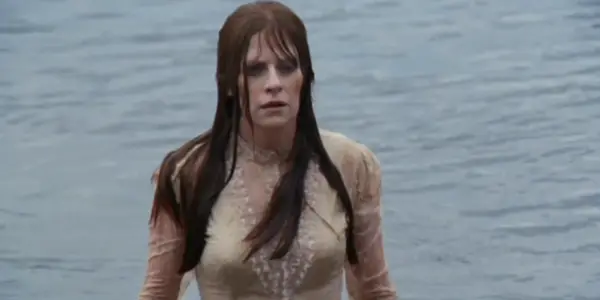
Though I hadn’t previously heard of John D. Hanc*ck ’s 1971 horror film Let’s Scare Jessica to Death previous to Scream Factory’s release announcement, my research indicates it’s garnered a bit of a cult following and some notoriety as a feminist text. The film follows the titular Jessica (Zohra Lampert) as her, her husband and a friend make a holiday trip to New England following Jessica’s release from an institute where she spent time due to a nervous breakdown.
As one might guess, Jessica’s mental state fuses Hanc*ck ’s film with an inherent “is it real or is she unstable?” question as she begins to see supernatural elements rise around her, particularly a drowned woman. Thankfully, Hanc*ck is less interested in following that question to a strict answer, and the film becomes a beautiful, ethereal mood piece more reminiscent of Jean Rollin ’s vampire films than American horror films of the previous decade.
Scream Factory’s restoration here is truly the lord’s work, and the crowning supplement on the disc is Kim Newman’s interview “Scare Tactics: Reflections on a Seventies Horror Classic,” where he thoroughly explores the genre around Hanc*ck ’s film, drawing a useful line of not only horror films but vampire films that lead to Let’s Scare Jessica to Death .
The Emperor’s Naked Army Marches On (1987) – Second Run
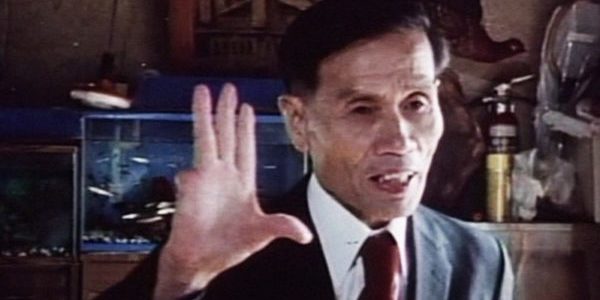
At only two hours, Kazuo Hara’s cine-verite documentary The Emperor’s Naked Army Marches On feels like a massive text — it’s intimidating and can be hard to stomach. It’s a relentless look at veteran Kenzo Okuzaki’s search for the truth behind the internal assassination of two Japanese soldiers moments after the Second World War was declared over.
Hara’s camera keeps a safe distance behind Okuzaki as he visits one home after another of former officials to demand truth, sometimes via violence. At first, you’re struck by Okuzaki’s admiral adherence to his radical politics, but as multiple twists unfurl, it becomes evident that Hara isn’t interested in hagiography, but rendering a complicated, angry, brusque figure broken by the war.
As polls of the best home video releases of 2019 came out, late last year, this Second Run release made more than a couple high-profile lists. Besides the film’s power, and the mere fact of an HD release of a Hara film, it doesn’t take long, while digging through the surrounding elements, to see why. The video interview and “Masterclass” segments are both instructive and substantial in length, and coupled with the booklet, which contains two essays and an interview between Hara and Michael Moore.
The film is dense and filled with baked-in details that, as Tony Rayns mentions in his essay, are likely to be missed by Western audiences. Thankfully, the package Second Run has put together goes a long way to contextualizing Hara’s political and aesthetic workings.
Very Bad Things (1998) – Shout Factory

In 1998, Peter Berg , a filmmaker whose work has skewed entertaining right-wing agitprop in recent years, made his big screen debut with the raucous black comedy Very Bad Things . The film, which has enjoyed quite the run of repeats on Comedy Central over the years, has made its way to Blu-ray via Shout Factory’s Shout Selects label.
The film follows five men (Jon Favreau, Jeremy Piven, Daniel Stern, Christian Slater and Leland Orster) on a Las Vegas bachelor party, where things go incredibly wrong shortly after the hired sex worker arrives. As shocks mount, it’s clear that’s its end goal, rather than any sort of narrative flow, engaging characterization between them or substantive laughs. In other words, Berg’s film feels like little more than proto-The Hangover .
Shout’s disc looks good and it was nice to see Stern’s oddball affinities are still in tact during his included interview, while Piven’s contributions are much less tantalizing. Honestly, I’m surprised Shout picked this film for its Selects label, but I’m sure, given its aforementioned tenure on cable, it has its fair share of fans waiting for a decent release.
Does content like this matter to you?
Become a Member and support film journalism. Unlock access to all of Film Inquiry`s great articles. Join a community of like-minded readers who are passionate about cinema - get access to our private members Network, give back to independent filmmakers, and more.




